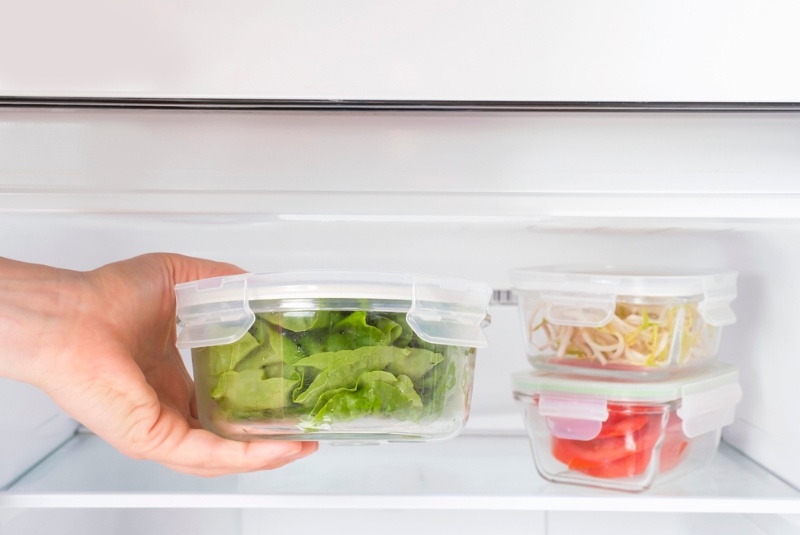In today’s fast-paced world, cooking daily meals can be a challenge. Whether you’re juggling work, family, or personal commitments, there are days when cooking from scratch just isn’t feasible. Enter the power of leftovers and the magic of freezing them. By preserving surplus dishes, not only can you save time, but you can also significantly cut down on food expenses. In this article, we’ll explore the economic benefits and practical methods of freezing leftover meals.
The Economic Benefits of Freezing Leftovers
- Waste Reduction: According to the USDA, Americans waste approximately 30-40% of their food supply. By freezing and reusing leftovers, you can drastically reduce the amount of food you discard. This directly translates to savings on grocery bills.
- Lowered Takeout Expenses: When you have a stockpile of delicious leftovers in your freezer, you’re less likely to order pricey takeout food. This can lead to substantial savings, especially if you frequently resort to delivery services.
- Bulk Buying: When you’re in the practice of freezing leftovers, you can take advantage of buying ingredients in bulk. This can be especially economical for non-perishable items or those with a long shelf life.
- Optimized Meal Planning: Having a freezer full of meals can help in planning your weekly menu. This reduces the chances of impromptu grocery trips, which often lead to unplanned and unnecessary purchases.

Practical Methods to Freeze Leftovers Effectively
- Cool Before Freezing: Always let your leftovers reach room temperature before you freeze them. Putting hot food in the freezer can reduce the temperature inside, causing other stored items to partially thaw and refreeze, which can compromise the texture and flavor.
- Air-Tight Containers: Invest in quality, air-tight containers or freezer bags. The key to preventing freezer burn and maintaining the quality of your food is to keep moisture in and air out.
- Label Everything: It’s crucial to label containers with the date and contents. This helps you easily identify the meals and ensure you consume them within a reasonable timeframe. Most cooked meals can be stored in the freezer for up to 3 months without a significant reduction in quality.
- Portion Control: Freeze meals in individual or family-sized portions. This way, you only defrost what you need, reducing waste and ensuring that the food remains at its best quality.
- Blanch Vegetables: If you’re freezing leftover cooked vegetables, consider blanching them first. Boil them briefly, then transfer to ice water to halt the cooking process. This preserves the texture, color, and nutritional value of the veggies.
- Reheat Properly: When you’re ready to enjoy your frozen meal, the way you reheat it can make a significant difference in taste and texture. Always thaw your meals in the refrigerator overnight. Depending on the dish, using an oven or stovetop can be more effective than microwaving, preserving the original flavors and textures of your meal.
Incorporating the habit of freezing leftovers into your routine can lead to significant savings. Not only are you ensuring that every bit of the food you buy and prepare is put to good use, but you’re also giving future-you the gift of a ready-made meal.
With a bit of practice, you can master the art of preserving meals, ensuring you always have a cost-effective, delicious, and home-cooked option available. Embracing this sustainable practice not only benefits your wallet but also the environment, by reducing food waste. So, the next time you find yourself with surplus food, think twice before you toss it. Instead, freeze it for a rainy day, and relish the joys of a meal that saves time, effort, and money.




